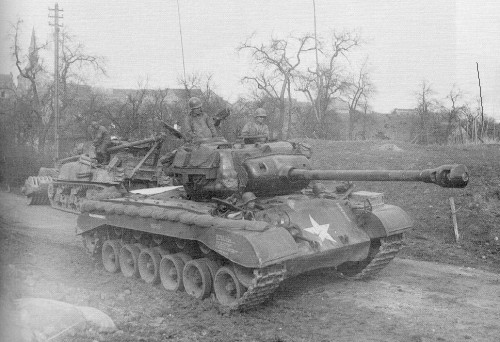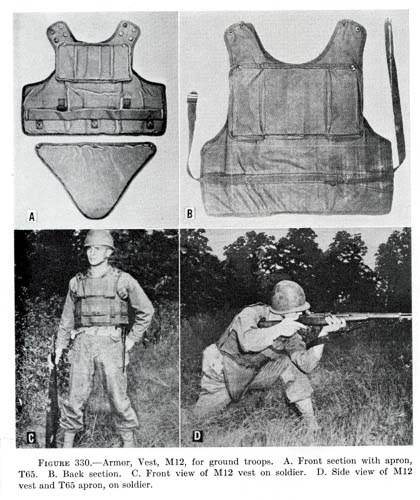Today’s History Friday column is another in a series focusing on an almost unknown series of military documents from World War II (WW2) called “The Reports of the Pacific Warfare Board,” and specifically Pacific Warfare Board (PWB) Reports #42 Pershing, PWB #76 Future Armament and Employment of Main Armament Flamethrower Tanks, and Pacific Warfare Technical Reports (PWTR) 2 & 3.
These reports, like most of the PWB reports, had been classified for decades and only now, thanks to the cratering costs USB flash drives and increasing quality of digital cameras, has it become possible for the interested hobbyist or blogger to access and write about these reports from the formally hard to use National Archives. While the US Marine Corps histories make clear how they were going to arm their tank battalions, the same is not true of the US Army Tank battalions and much in the way of myth, and little fact, has filled the void. Today’s column seeks to fill in and correct the official narrative of the cancelled by A-bombings Invasion of Japan.

TANK BATTALION FORCE POSTURE AUGUST 1945
There were 14 independent US Army tank battalions in the Pacific in August 1945 with three more due to arrive in September 1945. One of these tank battalions, the 713th on Okinawa, was a ‘provisional’ flame tank unit with 54 flame tanks and three gun tanks in three companies of 19 radial engine M4 Shermans and an additional headquarters element with three M4 gun tanks and an assault platoon of six Ford engine M4A3(105) with HVSS (Horizontal Volute Suspension System) 24-inch wide track suspensions. It would remain a special flame tank unit for Operation Downfall, but was too shot up to participate in the invasion of Kyushu.
While the 713th wasn’t going into Kyushu, nine of the 16 other US Army tank battalions and three Marine Corps Tank battalions were to invade Japan in the November 1945, in the first half of the “Operation Downfall” strategic invasion plan. Those 17 US Army tank battalions were to be joined by six more US Army tank battalions in two Armored Divisions scheduled for the 2nd half of Operation Downfall — the March 1946 Operation Coronet invasion of the Tokyo plains on Honshu.
The standard Pacific area US Army tank battalion in MacArthur’s SWPA (South West Pacific Area) theater prior to V-E Day had three companies of 18 radial engine Shermans armed with 75mm guns (17) and 105mm (1 tank) guns, a single company of 17 each, 37mm gun armed, M5A1 Stuart light tanks plus a battalion headquarters unit with three 75mm gun tanks and a separate “Assault gun” platoon that was to be equipped with 105mm gun armed Shermans. Often shortages of the 105mm gun armed radial engine M4 or M4A1 Sherman lead to their replacement with “Limited standard” or “Substitute Standard” 75mm howitzer armed, M5 Stuart tank based, M8 assault guns; the M7 “Priest” self-propelled guns; or 76mm armed M-10 tank destroyers. A few lucky US Army tank battalions in the SWPA and the US Navy’s Central Pacific Drive had the 75mm armed M4A3 with the more powerful Ford gasoline engine and narrow 16-inch track VVSS (Vertical Volute Suspension System) suspension. In multiple planned invasions of Japan, this situation was going to change radically.


